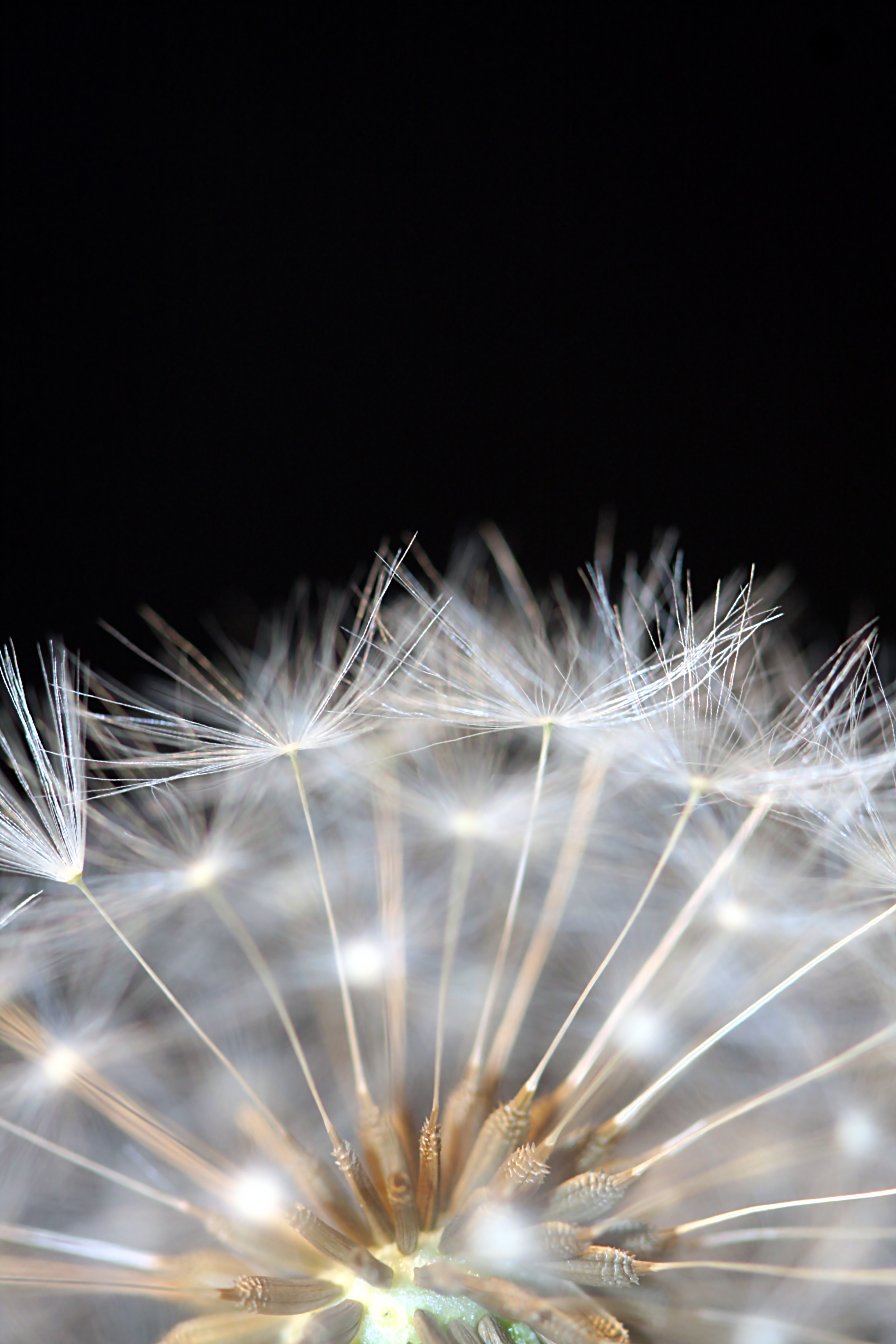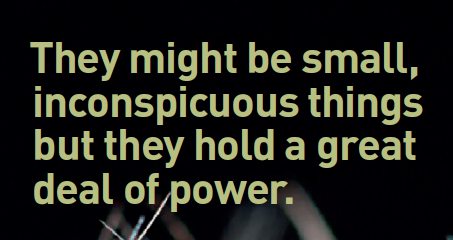Easy peasy seed saving for beginners

By Hans Wieland
The seed is the source of life! Seeds are the basis of much of the food we consume. They might be small, inconspicuous things but they hold a great deal of power and I strongly believe the right to own, sow, breed, save and exchange seeds is a basic human right that we should all exercise. Saving seeds doesn’t only improve agricultural biodiversity, by saving seeds we are taking a stand against corporations taking over the seed supply and we defend our right and freedom to develop the varieties we know and love.
Many farmers, growers, non-profit organisations and governments are conserving crops in their own communities and there are currently more than 1000 known seed banks and exchanges around the world.

The story of Magda
Seed saving is a skill that we gardeners often neglect. I started because of a lovely juicy beef tomato given to my mother by her Hungarian neighbour Magda, whose parents had brought the seed from Hungary to Germany in the early 50s. It was full of flavour, easy to grow and made the best tomato sauce. After Magda sadly passed away, the only way to grow that tomato again was to save seeds. My mother couldn’t even remember the variety of that tomato so we named it Magda and when we moved to Ireland nearly 30 years ago, her seed was in a box. Since then, in the truest sense of aHeirloom variety, Magda has colonised many private and community gardens in the Northwest of Ireland.
“A Heirloom is a plant that has been passed down from generation to generation, preserved and cherished with a flavour of romance. Heirloom varieties have survived for decades because they are genuinely excellent.”
Carol Deppe, ‘Breed Your Own Vegetable Varieties‘
We can save seeds from open pollinated plants (heirlooms) not from hybrids (F1), which are artificially cross pollinated to favour desirable characteristics. F1 seeds (check the label) can be infertile and will produce different traits from the original parents.
Hybrid seeds have to be bought every year, thus increasing our dependence on the seed industry. Seed saving may not always be feasible with all types of vegetables, but collecting our own seed is an exercise in self-sufficiency and a lesson in plant biology. Seeds we save from our own garden are accustomed to our climate and soil conditions and are adapted to pests in our area.
How to save seeds:
1. Selecting: The most suitable plants for beginners are peas, beans, peppers, tomatoes, dill and coriander. These plants have self-pollinating flowers, produce seed that need little attention before storing and are annual crops that need only one season to produce seed.
2. Harvesting seed: Only save from the most vigorous plants with the tastiest fruit.
– Peas and beans: Allow the pods to ripen on the plant until they are dry and turn brown. Remove the pods from the plant and dry indoors for at least 2 weeks before shelling.
– Tomatoes: Take a fully ripe tomato, scoop out the seeds and pulp, place in a jar of water and ferment for a few days, the good seed will sink to the bottom. Rinse the seed in water and let dry on a paper towel.
3. Storing: Best in individual paper envelopes in airtight containers in a dry place. And don’t forget to label them!
Top Tip: Seeds saved from dill, fennel and coriander can also be used as spices!
Empower yourself this year, set aside a small patch and let a few plants go to seed in your garden!
theorganiccentre.ie | irishseedsavers.ie


